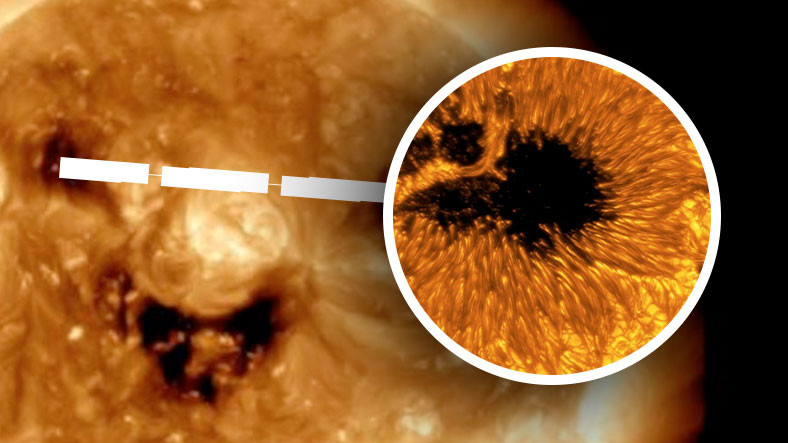The remains of a giant titanosaur, the largest of the long-necked dinosaurs, have been found in Patagonia. They were so heavy that they caused a car accident while researchers were transporting the herbivore’s remains to Buenos Aires for study.
What happened
The weight destabilized the vehicle and caused the accident. Luckily, no one was seriously injured, and the bones of this flying dinosaur were so hard that it remained unharmed. On the contrary, they broke the asphalt on the road,
— said Fernando Novas, a paleontologist with the Bernardino Rivadavia Museum of Natural Sciences in Buenos Aires and a researcher at Argentina’s National Research Council (CONICET), the study’s senior author.
This event even gave a name to a new species: Chucarosaurus diripienda. In the language of the indigenous inhabitants of the Quechua region, “chucaro” means “hard and unbreakable animal”, and “diripienda”, translated from Latin, means “bent.”
In 2018, paleontologists discovered half-buried C. diripienda fossils scattered on the hills of the Patagonian steppe in the Rio Negro state. The fossil contained seven different bones: both from the forefoot (including the humerus, radius, and metacarpal), as well as from the thigh (ischium) and hind leg (femur, tibia, and fibula).
The bones were so heavy that several people had to carry them centimeter by centimeter.
Nova explained.

One of the femurs of Chucarosaurus diripienda next to the shovel for size comparison. The length of the bone is 1.9 meters / Photo by Nicolas Chimento

Fossil Chucarosaurus diripienda covered with protective plaster / Photograph: Julieta De Pasqua
C. diripienda weighed between 30 and 40 tons during its lifetime in the mid-Cretaceous period. However, weighing around 70 tons, the Patagotitan is far from one of the largest and most gigantic dinosaurs like Argentinosaurus or Nothocolossus.
C. diripienda was extremely tall and used that length to its advantage. Its broad neck allowed it to feed on leaves in the treetops, and its long tail was probably an effective weapon against attacks by the large carnivorous dinosaurs that lurked around it.

Research team near the found remains of Chucarosaurus diripienda / Photo: Fernando Novas
















